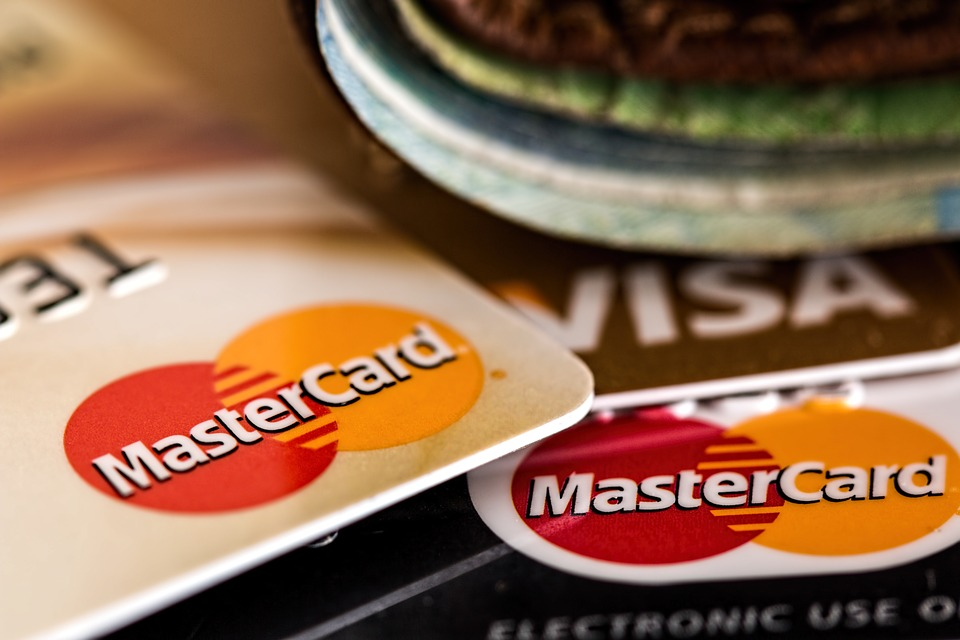Accounting
Credit Cards Could Be the Next Big Opportunity in B2B Payments
With the advent of widespread remote work, businesses have made impressive leaps in eliminating checks and adopting electronic supplier payments. These changes primarily translated to increasing the number of ACH or Direct Deposit payments made.
Jun. 22, 2021

By Rick Fletcher.
With the advent of widespread remote work, businesses have made impressive leaps in eliminating checks and adopting electronic supplier payments. These changes primarily translated to increasing the number of ACH or Direct Deposit payments made. According to Nacha—the governing body for the ACH network—business-to-business payments for supply chains, supplier payments, bills, and other transfers increased by almost 11% in 2020. But as organizations adopt electronic payment processes, there’s another strategic opportunity for AP to consider: electronic credit card.
Most companies’ payments flow through AP, yet few AP departments today are making significant use of credit cards to their fullest potential. Historically, companies use credit cards as a decentralized way to manage expenses. In order to do their jobs, employees need to spend efficiently, without going through a bureaucratic process. Traditional commercial programs have been focused on companies giving their employees purchasing cards (p-cards) or travel and entertainment cards (T&E cards) which they could use for supplies, meals, or departmental expenses such as software subscriptions, and marketing expenses—items that would be classified as indirect spending. However, while the benefits of these programs are clear, even in a depressed travel environment, it falls short of the full potential of complete credit card utilization.
Old vs. New
Companies can establish guardrails for spending on these cards. They can add controls to limit employee spending or only allow them to spend in certain places. There are also mechanisms in place to do post-transaction reviews and allow for remediation for inappropriate spending. Due to the combination of convenience and control, finance departments often think about cards as tools for employee productivity, with customizable spending controls.
This only touches on one aspect of company spending, however. Companies spend far more of their budget through traditional purchase orders and invoices for direct expenses like materials, components, freight, and labor. The idea that AP could utilize a card for direct expenses has still not been widely accepted.
Cards provide easy access to working capital and offer rewards like cash back or points. Many companies appreciate that cards are a better electronic payment option due to these benefits. The question then becomes: how do you build a successful card program in accounts payable? Generally, businesses have to make card processes work within their pre-existing AP infrastructure, which usually includes a supplier interaction component and a technical component that traditional players (banking institutions) in this space are not fully equipped to handle.
For example, banks primarily look at credit cards as another form of lending. They offer credit lines, which their customers spend against and pay back. Paying supplier by card usually enables businesses to reach their top 10 or 20 suppliers. That’s usually considered a successful lending program, but to interact with more suppliers, integrate with an ERP, or offer enhanced reconciliation data, banks don’t usually have the technical resources, because it’s beyond their traditional lending model.
Incorporating the New
Bank business models usually focus on building and maintaining a vast merchant acceptance network. You can walk into tens of millions of locations worldwide and if they have the Mastercard or Visa logo, you can use your credit card there, no questions asked. But when it comes to payments for suppliers, the acceptance network is inconsistent. Some suppliers don’t accept payment by card, or only accept them from certain customers depending on speed of payment, the margins, and the type of product that they’re selling. Due to these factors, paying by bank-issued card requires the vendor engagement process to include finding suppliers that already accept specific card types, ensure they accept that payment type from other customers, and locate new card-accepting suppliers.
That’s where fintechs really shine, because their business models are built to incorporate a supplier engagement process aimed at getting more spend on cards. Where banks generally looking for the top 10 to 20 suppliers, which might account for 70 percent of your total spend, fintechs go after the tail—that 30 percent of spend that probably accounts for more than 60 percent of your suppliers and takes more work to get on board. Essentially, they build out a B2B acceptance network inside the credit card acceptance network.
Scaling the Mountain Towards Change
Operationalized re-engagement models are a particularly important component of this business model because most companies churn 10 to 20 percent of their suppliers each year. Within two years, business’ supplier pools are different by 20 percent from when they began, so they must reach out constantly to maintain certain payment acceptances. While banks don’t always have the capacity to offer supplier acceptance maintenance, fintechs thrive when they include those services in their business model.
There are multiple benefits of capturing tail spend on card. For example, doing so opens the door to paying more suppliers electronically, earning businesses more working capital and a higher potential for rebates. Virtual cards come with security and controls that plastic cards do not usually possess, including single-use numbers that are tied to unique suppliers and payment amounts. Tag on reconciliation data options, and the system becomes something that benefits accounts receivable as much as accounts payable. This opens more suppliers up to the idea of accepting electronic forms of payment.
Fintechs—technology-focused by nature—build their systems with a holistic viewpoint in mind, preferring to create software that doesn’t sacrifice one business’ operations for another’s. By enhancing the system end-to-end, previously reluctant accounts receivable teams, who felt strong-armed into giving up outdated payment processes, often become more willing and interested to learn about electronic alternatives.
========
Rick Fletcher is the Comdata President of Corporate Payments, where he specializes in sales, marketing and product strategy, operations, and customer service.
